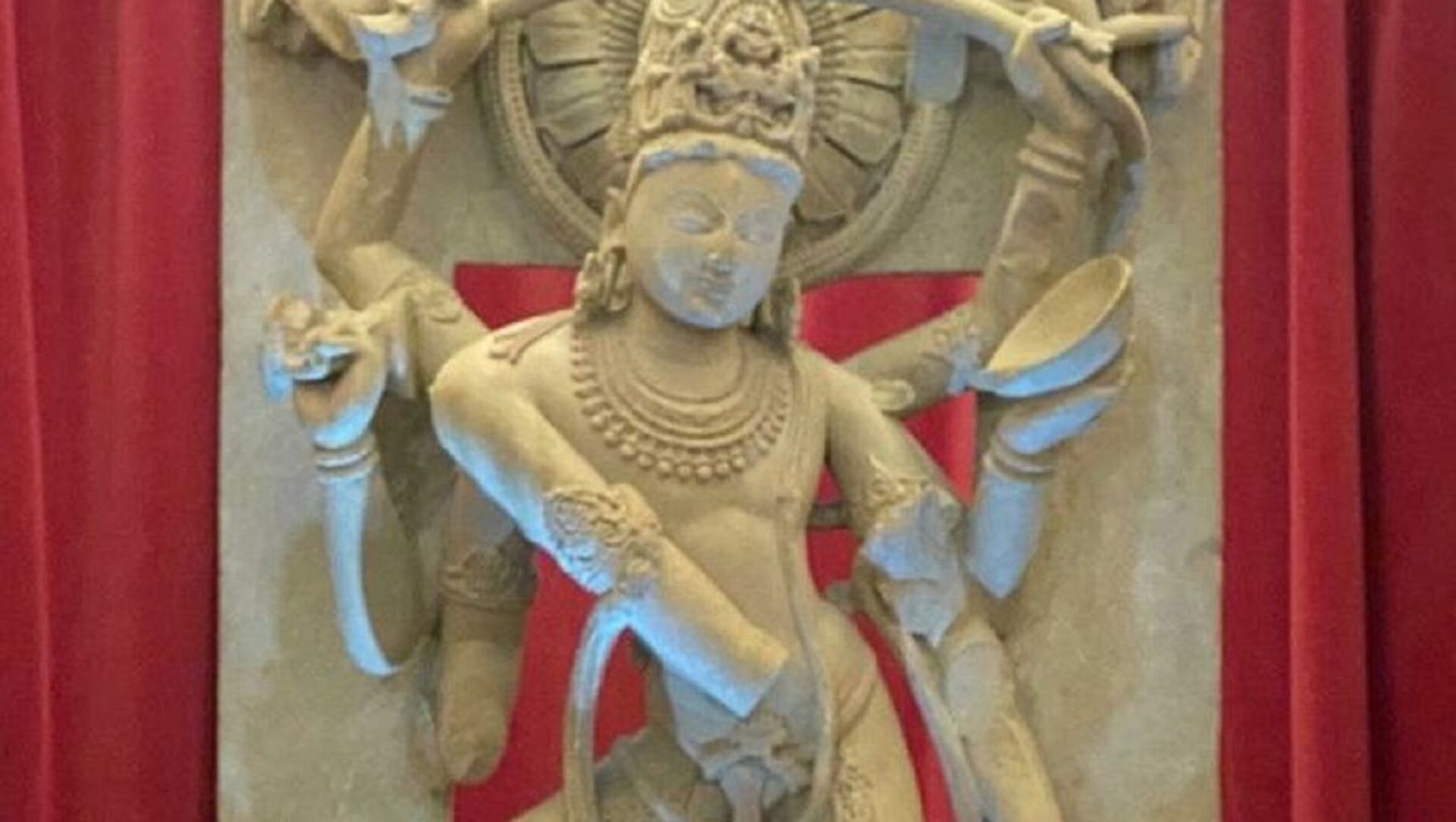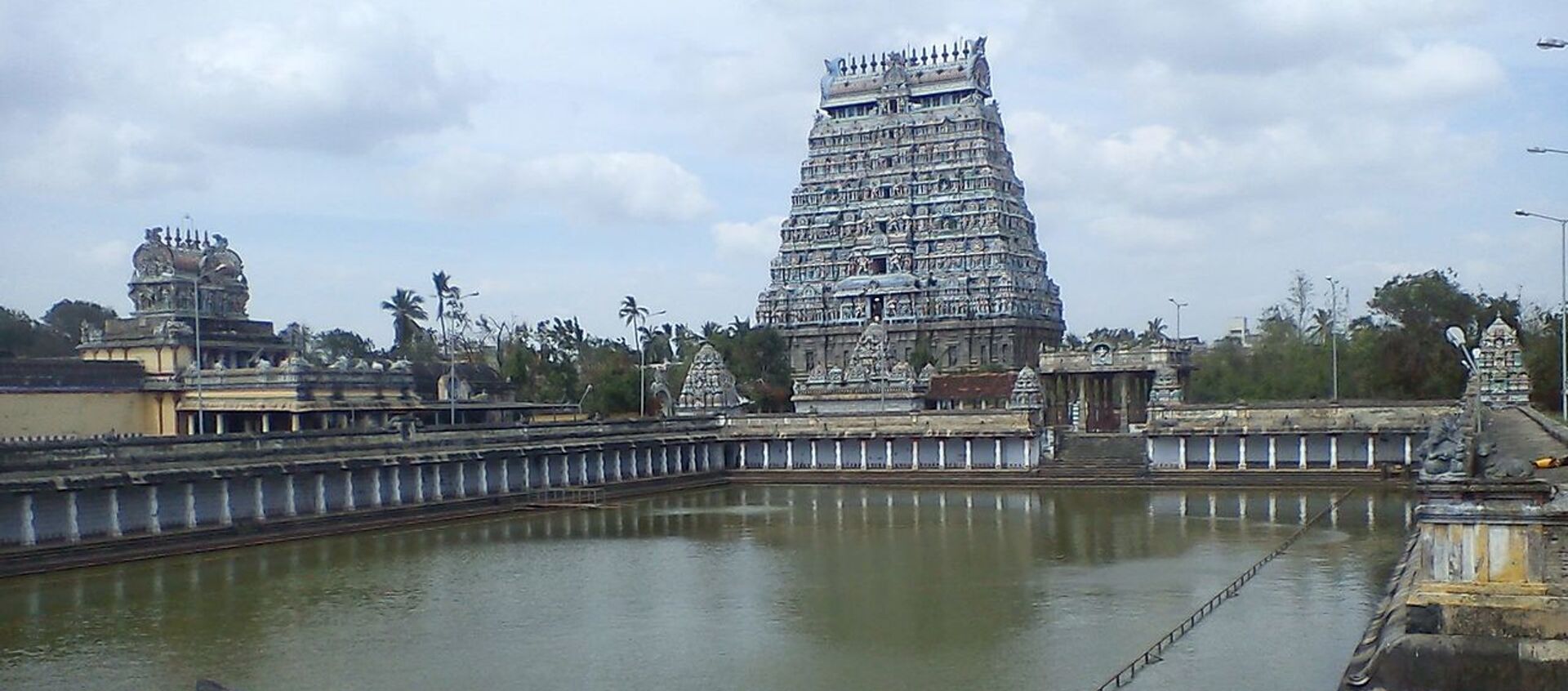Every year at the beginning of the summer season, Hindus celebrate one of the most auspicious festivals in India – “Maha Shivratri” which from Hindi literally translates as “the grand night of Shiva” in English.
There are three mythological stories around this night, the first and the most popular concerning Shiva’s wedding to the eternal love of his life, Goddess Parvati. Another legend states that Maha Shivratri is around the time the stars aligned in a particular constellation, when Shiva, also known as lord of the dance, had performed “Tandav” – the cosmic dance of destruction, for the first time. Yet a third legend has it that on this night, Shiva came into being.
— General Knowledge (@BORN4WIN) March 11, 2021
So for Hindus, Maha Shivratri marks the existence and power of “Shiva-Shakti” – or the energy of the deity who is believed to reside on the Tibetan mountain Kailash in the Himalayas, which is off-limits to climbers.
In Hindu households, the day begins early in the morning with the sunrise. After bathing and offering prayers to Shiva at home, devotees flock to Shiva temples around them to offer the diety flowers, milk, holy leaves, fruits, sandalwood and cannabis (bhang), among many other things. Devotees also observe a day-long fast on this day.
Amid Sanskrit chants of “Om Namah Shivay”, Shiva idols are washed with milk, honey and curd from head to toe as part of the elaborate prayer rituals. Devotees perform special traditional dances, also as part of their prayers.
View this post on Instagram
View this post on Instagram
View this post on Instagram
— Er Rohan (@Rohanvish5) March 11, 2021
— Abhishek Gaur 🇮🇳 (@gaur_abhishek_) March 10, 2021
— VARUN (@HeyItsMeVarun) March 11, 2021
Joining the “Har Har Mahadev” chant clan, Prime Minister Narendra Modi has also extended festive wishes on the occasion of Maha Shivratri.
— Narendra Modi (@narendramodi) March 11, 2021
Shiva, who wears a snake as a necklace, is the only Hindu god who is believed to accept everything that is otherwise rejected in nature as an outcast - like poisonous flowers, reptiles and spirits. In his most natural self, Shiva is known to use the ash of cremated dead bodies as a body powder - because he is the abode of everybody and everything that does not belong anywhere else.
Hinduism designates Shiva as a timeless source of energy that exists in flesh and bones, taking care of the universe as we know it. For over 21,000 years, Mount Kailash, which is 2,134 meters shorter than that the tallest peak in the world, Mount Everest, still stands un-climbed because Shiva is believed to be sitting there in meditation, holding the world together.
View this post on Instagram




